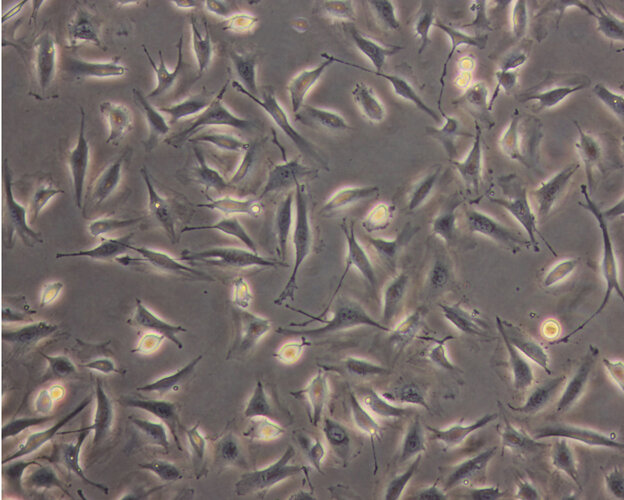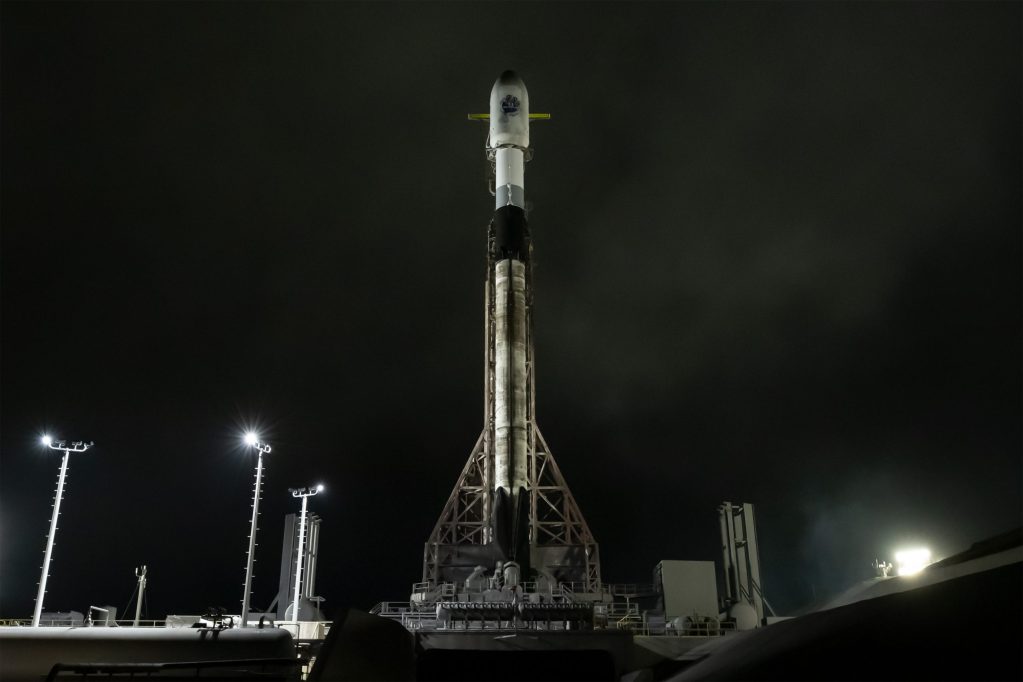Partial solar eclipse at the bottom of the world closes out the year's sun and moon spectacles
Tuesday, 16 September 2025 12:37This request seems a bit unusual, so we need to confirm that you're human. Please press and hold the button until it turns completely green. Thank you for your cooperation!
Press and hold the button
If you believe this is an error, please contact our support team.
185.132.36.159 : f1529f4b-cced-4274-a357-7900ffe6
Fly through Gaia’s 3D map of stellar nurseries
Tuesday, 16 September 2025 11:00
Scientists created the most accurate three-dimensional map of star-formation regions in our Milky Way galaxy, based on data from the European Space Agency’s Gaia space telescope. This map will teach us more about these obscure cloudy areas, and the hot young stars that shape them.
The most accurate 3D map of stellar nurseries in the Milky Way
Tuesday, 16 September 2025 11:00 Video:
00:02:28
Video:
00:02:28
Scientists created the most accurate three-dimensional map of star-formation regions in our Milky Way galaxy, based on data from the European Space Agency’s Gaia space telescope. This map will teach us more about these obscure cloudy areas, and the hot young stars that shape them.
It is notoriously difficult to map and study regions in space where stars form because they are usually hidden from view by thick clouds of gas and dust, whose distances cannot be directly measured.
Gaia can’t see these clouds directly, but it can measure stellar positions and the so-called ‘extinction’ of stars. This means
Josef Aschbacher on geopolitics and Europe’s changing space debate
Tuesday, 16 September 2025 10:59
How SpaceX turned a Texas marsh into the world’s most watched spaceport
Tuesday, 16 September 2025 10:00
Keys to the Moon: ESA hands over third European Service Module
Tuesday, 16 September 2025 08:00 Image:
Image:
Teams from ESA, Airbus, NASA and Lockheed Martin stand before the service module for Artemis III at NASA's Kennedy Space Center.
Last week, ESA officially handed over its third European Service Module to NASA. The module will power Orion on Artemis III, the mission set to return astronauts to the lunar surface for the first time in over 50 years.
The handover took place on 10 September during the third quarterly European Service Module project meeting of the year at NASA’s Kennedy Space Center in Florida, US. Each European Service Module is the result of thousands of hours of design,
“We know the drill”: Sentinel-1D begins streamlined simulations training
Tuesday, 16 September 2025 07:35
For over a decade, mission control teams at the European Space Operations Centre (ESOC) have successfully commissioned and operated most of the Sentinel fleet of satellites. This week, in preparation of the coming launch of Sentinel-1D, mission controllers have begun the simulations of the critical ‘launch and early orbit phase’.
A cell’s-eye view of altered gravity and ageing
Tuesday, 16 September 2025 07:00
Muscle weakening, bone density loss and an impaired immune system: the systemic health impacts of spaceflight bear many similarities to ageing. Sharon van Rijthoven, a student from Delft University of Technology and Vrije Universiteit Amsterdam, compared the effects of ageing and altered gravity from a cellular perspective during her internship at the European Space Agency (ESA).
Moon geology lessons for Artemis
Tuesday, 16 September 2025 07:00 Video:
00:01:45
Video:
00:01:45
Cindy Evans, Artemis lead for geology training, and Juliane Gross, Artemis sample curation lead, joined the PANGAEA training in the Lofoten islands, Norway, in july 2025.
From microscopic cosmic dust particles to Apollo-era Moon rocks, these geology nerds take extra care in how samples are handled, documented and stored. They lead geology training and sample curation for Artemis III, the next mission to return humans to the Moon.
Here is what Cindy and Juliane told us after exploring with the PANGAEA crew one of the few locations in the world that shares geological features with the lunar highlands.
Cindy and
SDA picks GMV to build next-generation space safety system
Tuesday, 16 September 2025 06:00
The Space Data Association has picked Spanish technology provider GMV to upgrade and operate its global space traffic coordination platform starting early next year, the non-profit group of satellite operators announced Sept.
Isar Aerospace prepares for second Spectrum launch
Tuesday, 16 September 2025 03:37
A loss of attitude control and an open valve contributed to the loss of Isar Aerospace’s first Spectrum rocket in March as the company gears up for a second flight.
Telesat pitches Lightspeed as stopgap to Europe’s IRIS²
Monday, 15 September 2025 19:20
Canada’s Telesat is pitching Lightspeed as a bridge to IRIS² as its LEO broadband constellation is set to come online in 2027, at least three years before Europe’s sovereign multi-orbit network is due to enter service.
York Space hits milestone with largest satellite delivery yet
Monday, 15 September 2025 15:00
CEO says years of scaling up production are paying off as Pentagon ramps constellation orders


